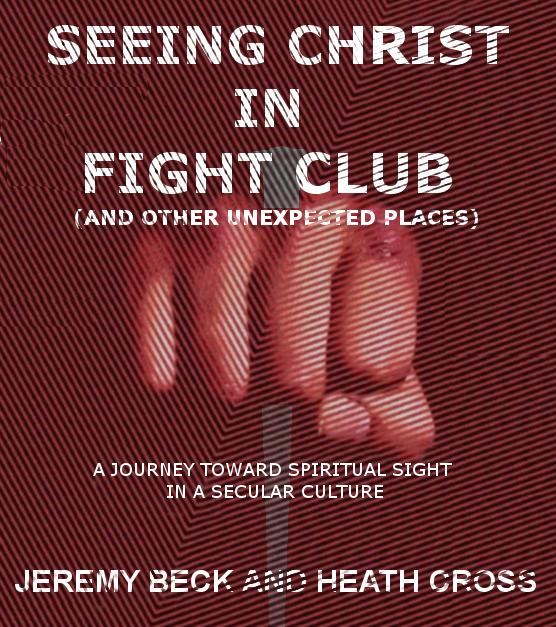
If you think in terms of Paul on Mars Hill, man erects idols that are mere shadows of reality. These are monuments to an unknown god. They think by making an image they are making something concrete. They’re actually making something that has no true material existence. It’s a caricature, a parody, a shadow of something they don’t even know.
Now take this brief but loaded comment from Van Til on the state of humanity in sin:
From the point of view that man, as dead in trespasses and sins, seeks to interpret life in terms of himself instead of in terms of God, he is wholly mistaken. ‘From this ultimate point of view the “natural man” knows nothing truly. He has chains about his neck and sees shadows only’…
Scott Oliphant, the editor of Van Til’s book, comments:
Plato (through Socrates) describes people who are confined to a cave and who see shadows only. Eventually they begin to interpret the shadows as the true reality. The philosopher, on the other hand, is the one who escapes the shadows of the cave and thus ascribes true forms to reality. Similarly, the natural man sees shadows only and thinks that such shadows are the substance of true reality. He is never able to get to the basic truth of the matter.
The natural man sees shadows. Those shadows come through in natural man’s work. They come through in movies, novels, art, etc. They cast the shadows onto their canvases. They are common grace glimpses of truth that don’t put forth the actual substance of Christ. But those who have the Spirit see Christ even where natural man only puts forth and sees shadows.
For instance, you see a heroic act of self-sacrifice in a movie. It’s a shadow. And it’s all the natural man sees. Maybe it makes him emotional, but he still misses the substance – it all points to Christ as the ultimate self-sacrificer. That goes for stories of true love, of humility, and probably a good thousand other subjects. This is why Tim Keller has said that, for the Christian, every story is two stories and every song is two songs. It’s shadow and substance.
For more on this, see C.S. Lewis’ essay Transposition. I’ve written about that HERE.
-Quotes from Cornelius Van Til, Common Grace and the Gospel, p. 196


